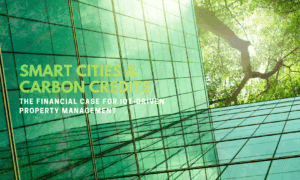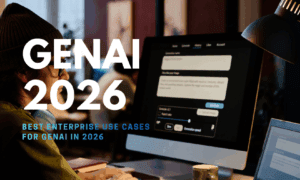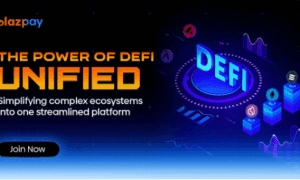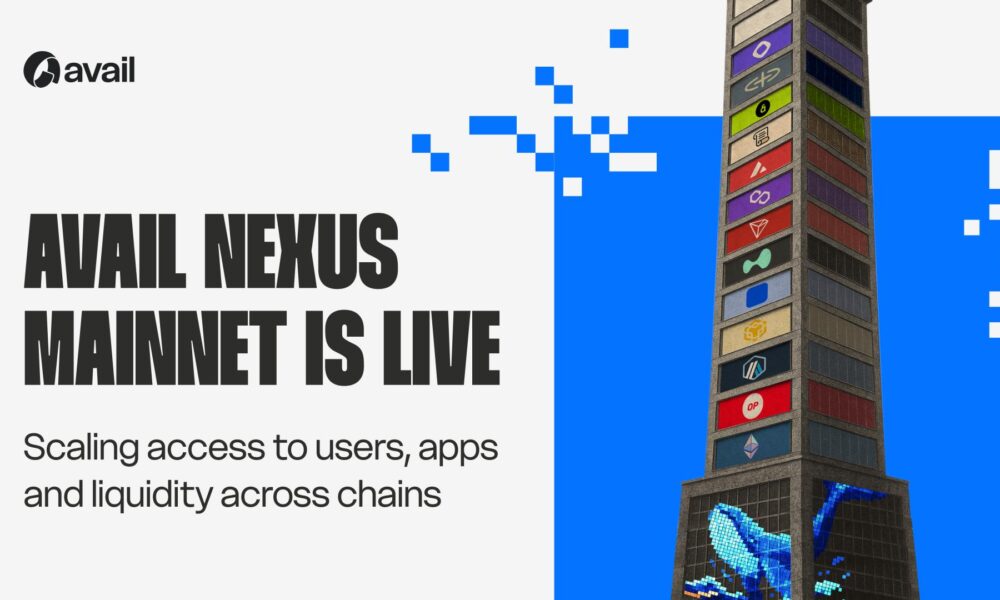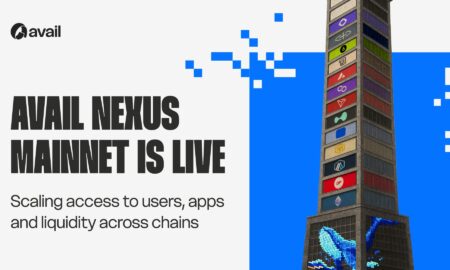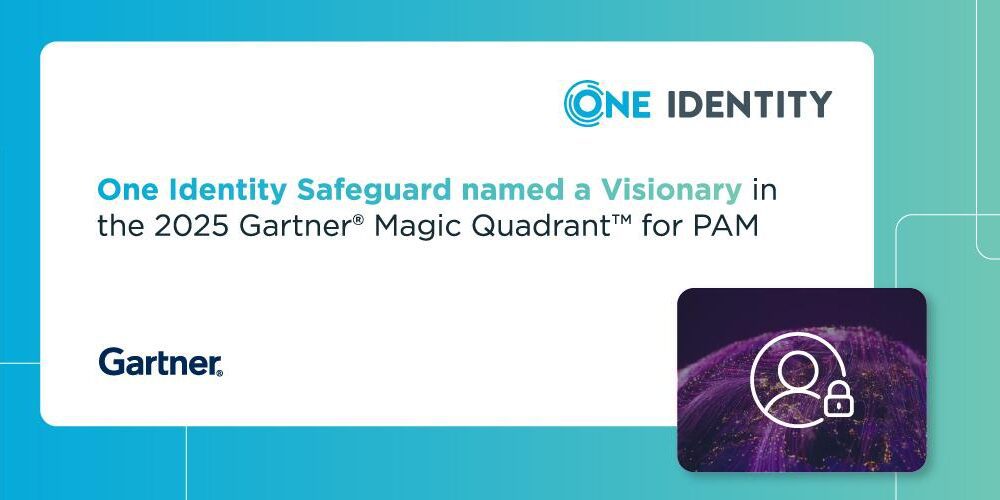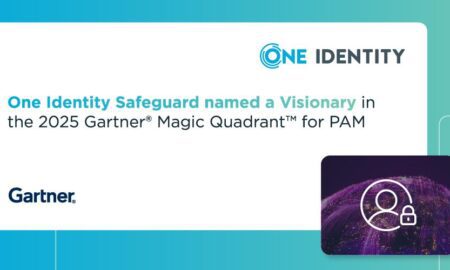The cryptocurrency market is once again picking up momentum, with many altcoins emerging from long consolidation phases and entering new growth cycles. Decentralized platforms that combine real-world utility with technical innovation are attracting renewed interest from early adopters and developers. One standout in this resurgence is Qubetics, which recently entered the top 10 trending cryptocurrencies on CoinMarketCap following a powerful listing performance.
Qubetics is redefining Layer 1 blockchain architecture by addressing long-standing challenges such as custodial risk, centralized control, and fragmented ecosystems. With its focus on practical use cases and streamlined consensus, the platform is gaining traction among both retail investors and institutional players.
Let’s take a closer look at the five best crypto coins to consider right now — projects that combine utility, momentum, and long-term potential.
1. Qubetics ($TICS): Leading the Charge in Non-Custodial, Multi-Chain Innovation
Qubetics made its debut on MEXC and LBank on June 30 with a listing price of $0.40. Within just one hour, $TICS soared by 950%, reaching an all-time high of $4.20. MEXC recorded over $700,000 in trading volume during the first 24 hours. The project also launched on the SWFT Bridge, enhancing its cross-chain operability.
Importantly, Qubetics isn’t riding on speculation alone — it has maintained strong demand post-launch, holding solid support near the $2 mark and continuing to trend on CoinMarketCap. The presale ended at $0.3370, up significantly from its initial $0.01 price in Stage 1. With the mainnet scheduled for Q4 2025, analysts project a price range of $10–$15.
This listing isn’t just a milestone; it’s the beginning of broader adoption. From institutional market-maker engagement to developer integrations and cross-platform dApp deployment, Qubetics is setting the stage for real expansion.
Breaking Barriers with a Multi-Chain Non-Custodial Wallet
At its core, Qubetics introduces a robust non-custodial multi-chain wallet compatible with Ethereum, BNB Chain, Solana, and more. It allows full user control over assets, private keys, NFTs, and decentralized applications — all within a single, secure interface.
Use cases are compelling: freelancers can manage payments across chains without third-party intermediaries; SMBs can embed multi-token commerce using wallet SDKs; NFT creators can launch cross-chain campaigns with minimal friction. Funds remain fully in the users’ control — immune to freezes or reroutes.
The platform is built for real people and real-world needs, promoting financial inclusion and streamlining developer workflows. The token’s 3,270% presale growth and 950% post-launch rally speak to strong market confidence and early backer commitment.
DPoS for Speed, Security, and Governance
Qubetics uses a Delegated Proof of Stake (DPoS) model, allowing $TICS holders to elect validators in a rotating system that confirms blocks within seconds. With a 25,000 token threshold to become a validator, it’s accessible yet ensures serious participation. Delegators and validators share rewards, creating a transparent, incentive-driven governance loop.
Why $TICS is on the list: Its blend of breakthrough technology, decentralized principles, and rapid adoption makes Qubetics a top crypto project to watch.
2. Render (RNDR): Fueling the Decentralized Creator Economy
Render Network is establishing itself as the go-to infrastructure for decentralized GPU rendering. Its recent integration with Apple’s Vision Pro — supporting spatial computing and AR/VR development — has captured the attention of gaming studios and 3D artists alike.
The platform’s migration to Solana is also underway, drastically lowering fees and latency. This move enhances Render’s ability to support indie developers, animation teams, and digital creators with real-time, cost-effective compute power.
By allowing users to rent out unused GPU capacity globally, Render is creating an efficient, sustainable compute network. An artist in Europe can render visuals using idle rigs in Asia, paying with RNDR tokens — saving time and cost.
Why RNDR is on the list: Render ties real-world GPU demand to token usage, building a decentralized economy for creators and compute power users.
3. Arbitrum (ARB): Layer 2 Scaling with Strong Ecosystem Support
Arbitrum remains one of Ethereum’s most effective Layer 2 solutions. On-chain activity is growing rapidly — with active addresses up nearly 30% and DEX trading volume rising 42% in recent weeks.
The Arbitrum DAO has approved a $250 million fund to support the ecosystem through 2025, benefiting key projects like Camelot DEX and Radiant Capital. The network also supports native FDUSD stablecoin transactions, enabling seamless DeFi participation without bridges.
Built on optimistic rollup technology, Arbitrum enhances Ethereum’s scalability while retaining its security model. It’s now a preferred launchpad for DeFi, gaming, and NFT apps.
Why ARB is on the list: Arbitrum’s rapid growth, financial backing, and developer-friendly architecture make it a strong investment opportunity.
4. Avalanche (AVAX): Powering Real-World Enterprise Blockchain Adoption
Avalanche’s custom subnet architecture is gaining traction across real-world sectors. Governments and enterprises are deploying subnets to tokenize land registries, issue digital securities, and maintain regulatory compliance.
The recent launch of AvaCloud — a no-code blockchain deployment tool — further lowers the barrier for institutional adoption. Integrated KYC modules make it enterprise-ready.
With near-instant transaction finality and scalable multi-chain architecture, Avalanche is now a go-to for payments, lending, logistics, and more. Over $650 million in Total Value Locked and increasing stablecoin activity reflect its growing ecosystem.
Why AVAX is on the list: Avalanche combines real-world adoption with powerful infrastructure, making it a standout platform for enterprise blockchain market solutions.
5. AAVE: DeFi Lending Giant with Built-In Risk Mitigation
AAVE remains a DeFi pioneer, recently launching Aave Umbrella, a decentralized risk-management framework that shields liquidity providers from protocol-level defaults. DAO-managed reserves and automated coverage mechanisms maintain system integrity.
Binance’s introduction of leveraged AAVE/USDC perpetuals has pushed daily trading volumes up by 25%, with the token’s market cap surpassing $4 billion.
AAVE’s protocol allows users to lend and borrow assets through overcollateralized smart contracts, with flexible interest rates. Governance is community-led, and stakers earn revenue while participating in risk oversight.
Why AAVE is on the list: AAVE’s proven stability, innovation in risk management, and institutional appeal keep it at the forefront of decentralized finance.
Final Thoughts: Utility Over Hype
These five crypto projects are not driven by trends — they’re laying the foundation for the future of decentralized infrastructure. From Qubetics’ wallet innovation to Render’s creative economy, Arbitrum’s Ethereum scaling, Avalanche’s enterprise-grade subnets, and AAVE’s DeFi maturity — each represents a high-utility, high-potential investment.
For investors seeking meaningful exposure in the next growth cycle, these platforms offer a blend of functionality, traction, and real-world relevance. And for those watching Qubetics, early involvement may be the strategic edge ahead of its full mainnet release.
FAQs
What sets Qubetics apart from other Layer 1 blockchains?
Its multi-chain non-custodial wallet, DPoS consensus, and cross-platform integration focus on solving real-world problems.
What’s new with Render?
Render integrated with Apple Vision Pro and is migrating to Solana to improve speed and cost efficiency.
Why is Arbitrum trending?
It’s gaining users, deploying a $250M fund, and enabling stablecoin DeFi without bridges.
How is Avalanche being used beyond crypto?
It powers tokenized land registries, digital asset issuance, and enterprise blockchain solutions.
What is Aave Umbrella?
A decentralized framework that protects protocol users by automatically covering bad debt risks.




